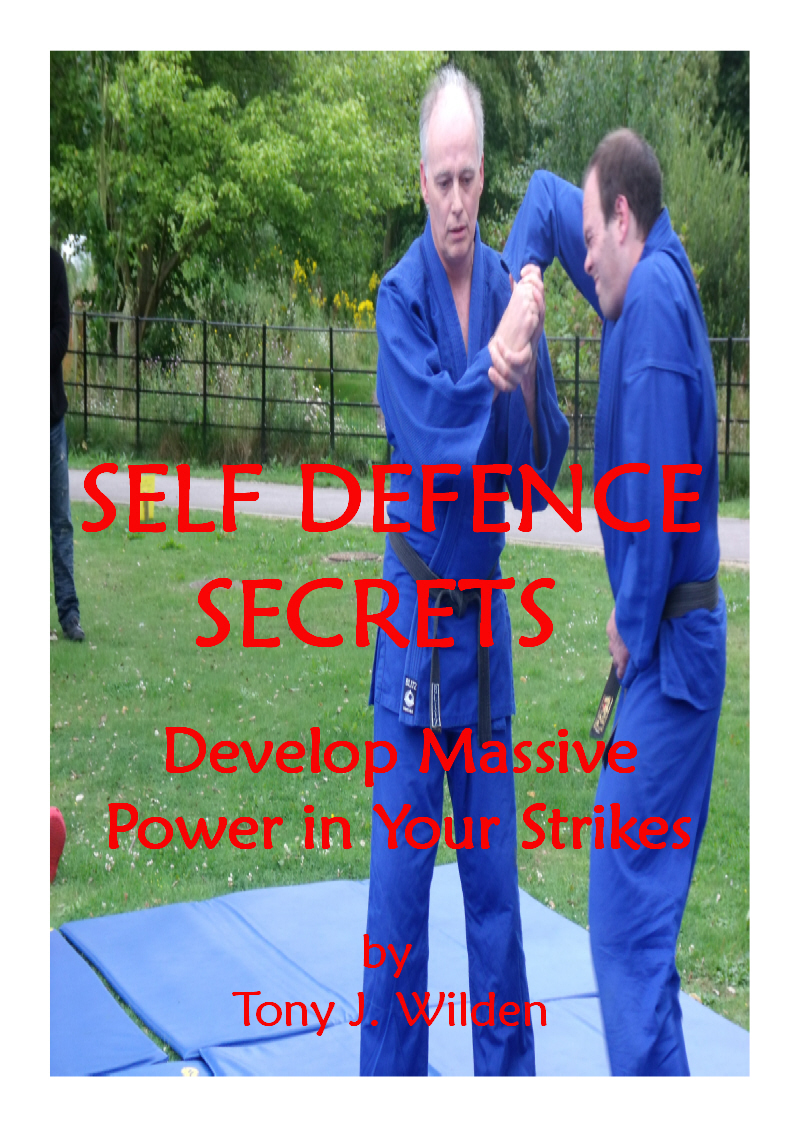Revealing Information On
Aikido Basics to Improve
Your Aikido Skills... FAST!
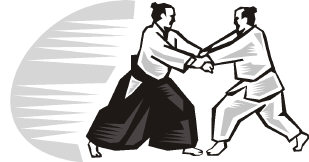
Aikido Basics are practiced until the students become familiar with them. These include how to stand correctly, fall safely, throw effectively, and pin successfully.
Studies have shown that after 100's repetitions, your mind can remember them. Obviously, like everything in life, the more you practise the better you will get.
But, in a stressful combat situation the brain tends to shut down the mental faculties that are not required. This includes the memory of the Aikido basic techniques that you have been practising.
So you will be unable to access technique just when you need it most.
How can you solve this problem?
In fact, it's very easy to solve, once you understand that your Aikido basics must become a muscle memory as well as an intellectual memory. Countless studies have shown that something becomes a muscle memory after you have...
repeated it 3,000-4,000 times.
These 1000's of repetitions of the same thing commits them to muscle memory, and also help develop essential aspects of Aikido. For example, you'll develop focus and concentration and begin to control your ego... which will be bored.
Of course, it is important to practise your Aikido basics correctly, or else bad habits will form that become difficult to put right.
It takes a long time to become an expert in Aikido because there are so many different moves to learn. This means that each class covers Aikido basics just several times each. How many classes will it take to practice 3,500 techniques?
There are many ways that you can avoid unnecessary delay and reduce time to become an expert and my Aikido Success Blueprint discusses them in detail.
Once you have learnt the Aikido basics on how to stand correctly and fall safely, you will practice techniques. Shihonage and Ikkajo are the first to be covered because they are regarded as difficult to master, and introduced early on.
Repetition is the only way to get good at anything... right?
Wrong, there ARE other ways to multiply your skills too!
I suggest you practice a variety of ways of performing techniques. Allowing you to develop a greater understanding of the Aiki principles that underlie them.
Shihonage
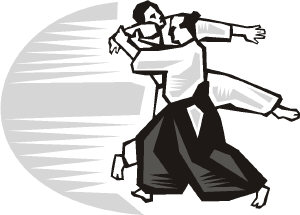
Shihonage practiced from a wrist grab, either a pull or a push. It
teaches how to control or throw an attacker in any direction, via wrist, elbow and shoulder.
If pulled move
forward, and if pushed turn away. Shihonage involves leading your
attacker around a circle... down, up, over the top and down again.
Some sort of distraction is necessary in all techniques. This may be a simple shout (ki-ai), a sudden move, or an atemi strike to a nerve point.
This reduces your attackers focus and strength, and also opens up a window of opportunity to apply your technique.
Ikkajo
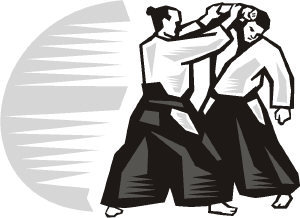
Ikkyo involves controlling or throwing your attacker using pressure on their elbow to break their balance, while you control the wrist.
This allows
you to throw them down or away from you or take them to the
ground and pin by applying pressure to the elbow and wrist.
For
example, at the exact moment, just before an attack is launched, you move
forward and pre-empt that attack. If they raise their
hands, then you usually go into ikkyo and take control of their wrist
and elbow.
If they don't get the time to raise their hands and protect their face, then you perform a double palm atemi strike to the forehead.
By doing this with relaxed arms and heavy body, you are able to sink your weight into the strike. This will completely shock your attacker, where you can take control, or even better escape the situation entirely.
Other Aikido Basics
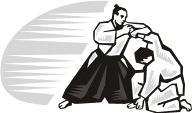
Other Aikido basic techniques that you will cover are...
nikyo, sankyo, yonkyo, gokyo, kote gaeshi, involving different ways of using painful wrist locks to off-balance before controlling or throwing.
so don't resist them!
Aikido will be explained much better, and in far greater detail by your instructor, or found in many of the excellent books available. My recommendations...
One
of the reasons it takes months, even years, to develop your Aikido
skills, is because of the number of techniques and the advanced variations of them.
Also,
in many dojo's you will practise something for just 10-15 minutes, then
move on to something else. This stops boredom and is more entertaining,
in other words it keeps students training regularly...
BUT, it is a slow process of learning!
The
downfall to this type of training is that it takes years to be
proficient at it. You need to know how to defend yourself now, not
later. You never know when you may have an aggressive encounter to deal
with.
There is a more efficient way of developing your skills, and that is to study Aiki principles, train hard, but train smart. My Aikido Success Blueprint ebook shows you exactly how to train smart and reach peak performance levels.
Want local training in Bognor Regis UK? Visit... Arun Aikido Club
Has this page been useful to YOU? It may benefit other people too! Please go ahead and pass it on - Share via the Link Bar below - many thanks!
Sick of the Elite Control System? Unplug from the Matrix Now!





